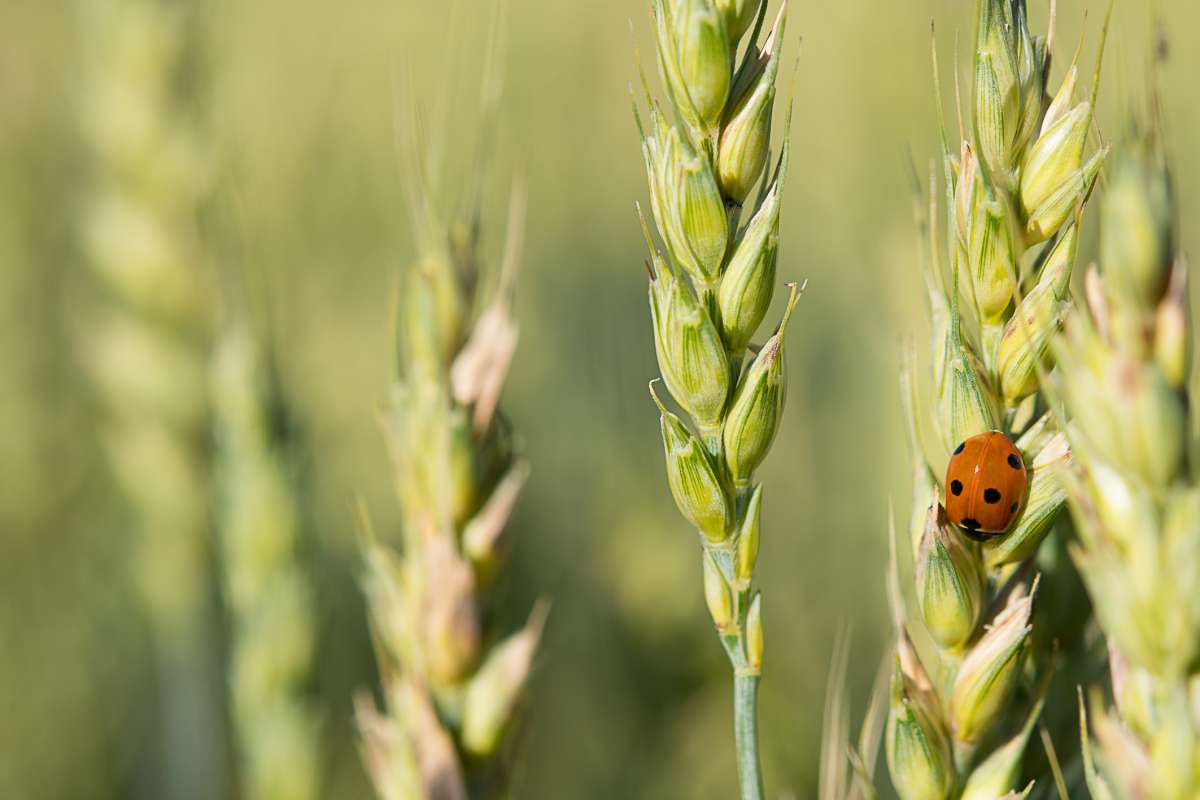Surprising discovery of pharmaceutical residues in Norwegian food waste
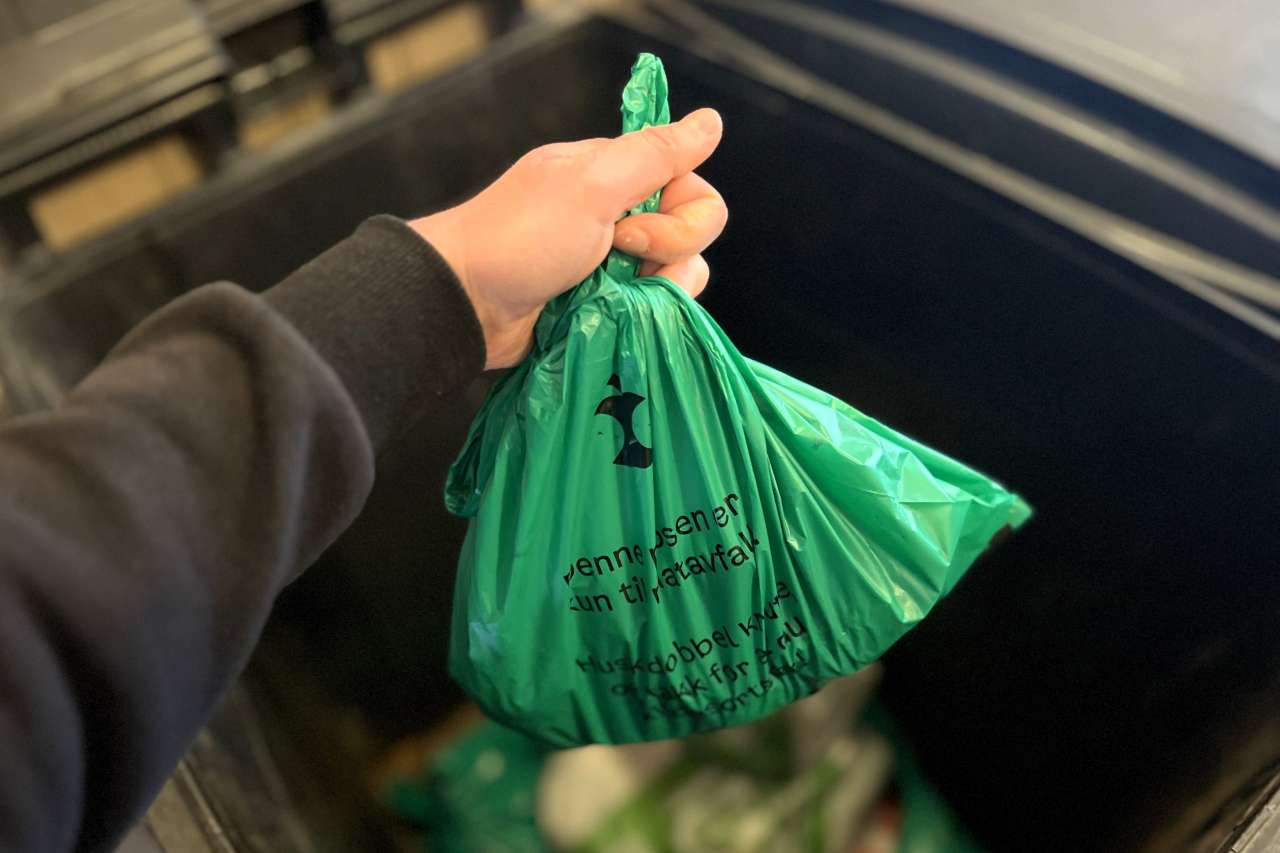
"This bag is for food waste only" it says on the green food waste bags of the Oslo municipality. Photo: Kathrine Torday Gulden.
New research reveals that recycled food waste may be contaminated with pharmaceutical residues. The good news is that fungi cultivated in biogas digestate show minimal absorption of these contaminants. On February 16, Astrid Solvåg Nesse will defend her PhD dissertation at the Norwegian University of Life Sciences (NMBU).
When food waste or sewage sludge is processed in a biogas plant, it produces energy-rich biogas and a byproduct known as biogas digestate or slurry. This digestate contains many nutrients and can be used as fertiliser in agriculture. Additionally, it can serve as food for soil microorganisms, contributing to improved soil structure and overall soil health.
The challenge with using biogas digestate as fertiliser is that it may contain substances that can be pollutants, such as residues of pharmaceuticals and impregnating agents. These substances can be taken up by plants or leach into rivers and lakes, potentially harming organisms living in and off the soil.
While this issue is well-known and partly well-researched for sewage sludge, there has been relatively little research in Norway on the pollutants present in food waste.
In her doctoral thesis, NIBIO researcher Astrid Solvåg Nesse collected and examined biogas digestates of food waste and sewage sludge from all public biogas plants in Norway.
"Recycled organic material in the form of biogas digestate can be effectively used as fertiliser, as long as it does not contain substances we prefer not to have in the soil," she says.
"What I have done is to investigate the types of pollutants that may be found in digestate of food waste and compared it with the content in digestate of sewage sludge. I have also examined the risk of using contaminated biogas digestate to produce edible fungi."
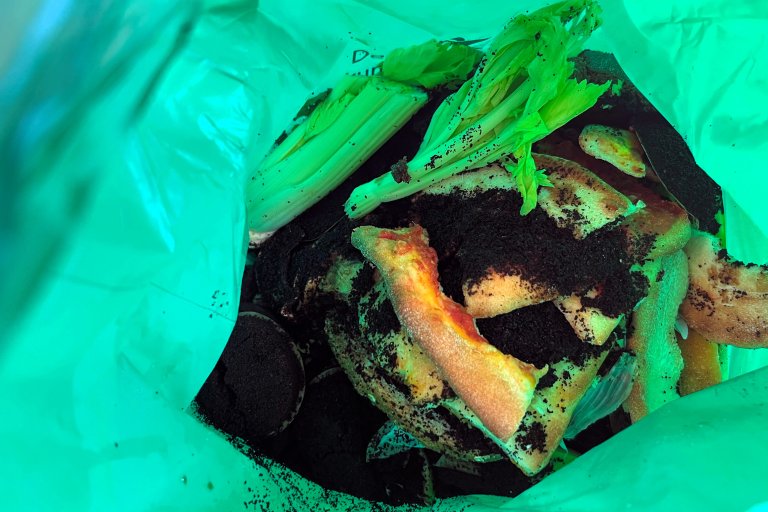
Analysed digestate for various substances
Through detailed analyses, Nesse found that several of the biogas digestate samples of processed food waste contained almost as much pharmaceutical residues as digestate of sewage sludge.
"It was quite surprising," says the researcher.
"I don't know why this is the case, but one theory is that it may be related to poor source sorting. For example, people who have mistakenly disposed of pharmaceutical residues along with their food waste."
The researcher also analysed the digestate for per- and polyfluoroalkyl substances (PFAS). PFAS are a group of man-made chemicals widely used in products such as Teflon pans and water-repellent textiles.
"PFAS are highly stable in the environment, and some are also toxic and can accumulate in humans and animals," Nesse explains.
"Our analyses showed that for most PFAS, there were higher concentrations in biogas digestate from sewage sludge than in that of food waste."
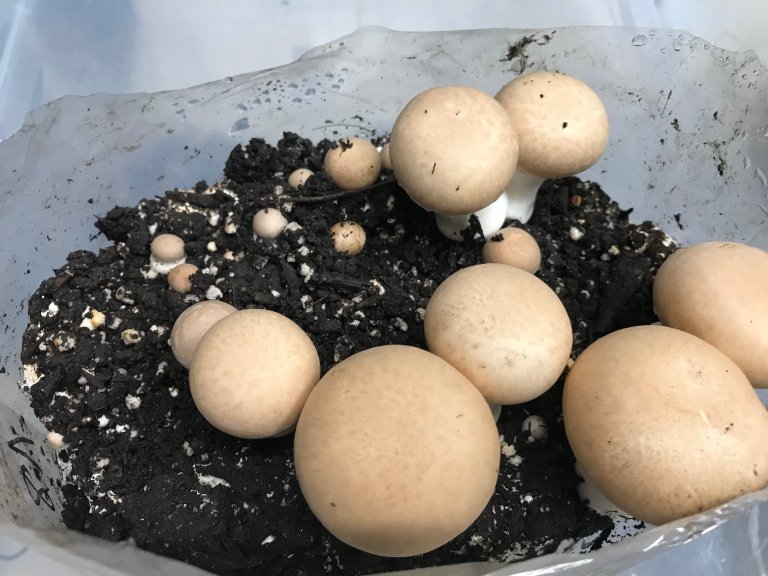
Contaminated digestate for fungi cultivation
In addition to analysing biogas digestate for pollutants, Nesse conducted several growth experiments with digestate cultivated fungi. The aim was to investigate whether mushroom cultivation could be a way to utilise contaminated recycled organic waste.
"Initially, biogas digestate is suitable for cultivating mushrooms and other edible fungi. However, it is important to control how much of the contaminants in the digestate end up in the mushrooms," Nesse explains.
The results showed that the fungi absorbed very little of both pharmaceuticals and perfluorinated substances. Instead, these substances remained in the growth medium.
"However, we found that the amount of contaminants in the growth medium decreased significantly over time," the researcher says.
"It is therefore possible to produce edible mushrooms on contaminated digestate, while simultaneously reducing the contamination in the digestate. The used growth medium can then be well-suited for further use as fertiliser, for example, in agriculture’."
Contacts

Dissertation
On February 16, 2024, Astrid Solvåg Nesse will defend her dissertation titled "Novel organic contaminants in recycled organic waste and their fate in a mushroom production system" at the Faculty of Environmental Sciences and Natural Resource Management at NMBU.
Time: 12:15
Location: The Assembly Hall in the Main Building at NMBU
Links
Read more at www.nmbu.no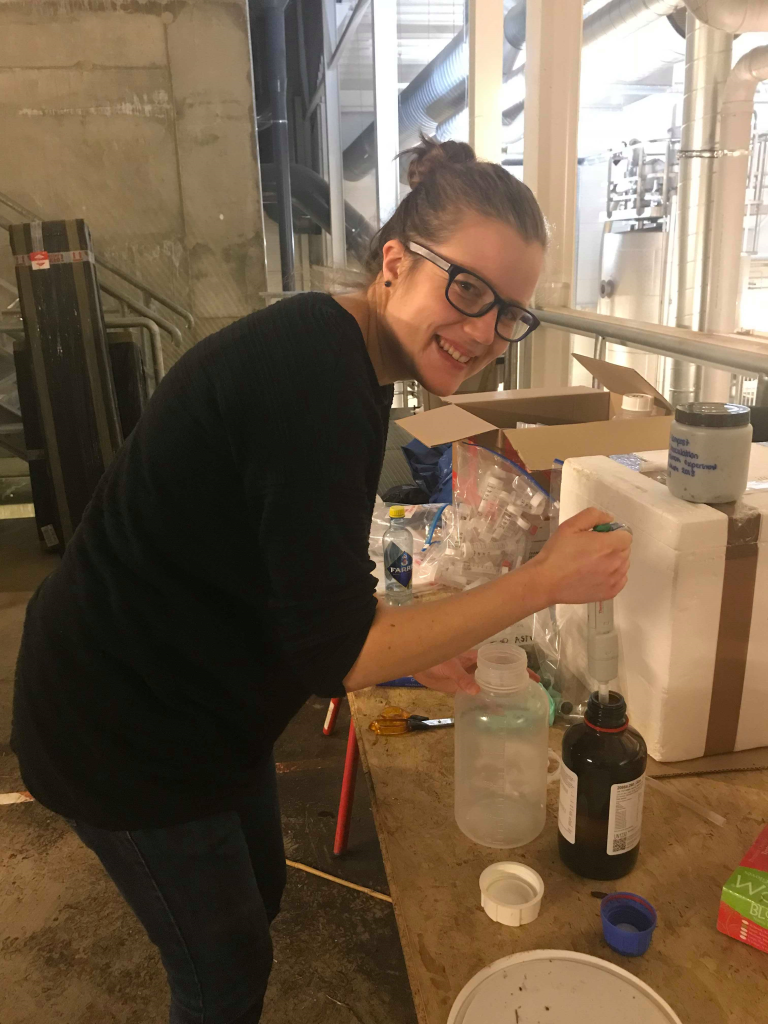
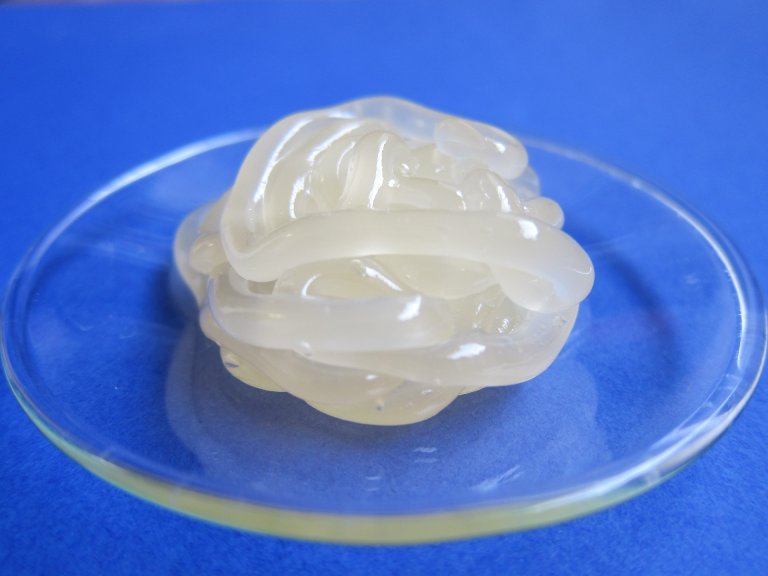
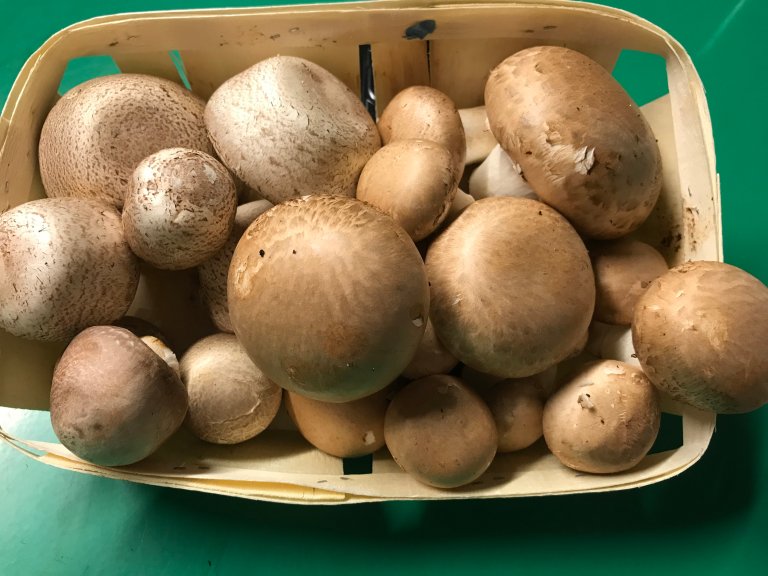
Contacts


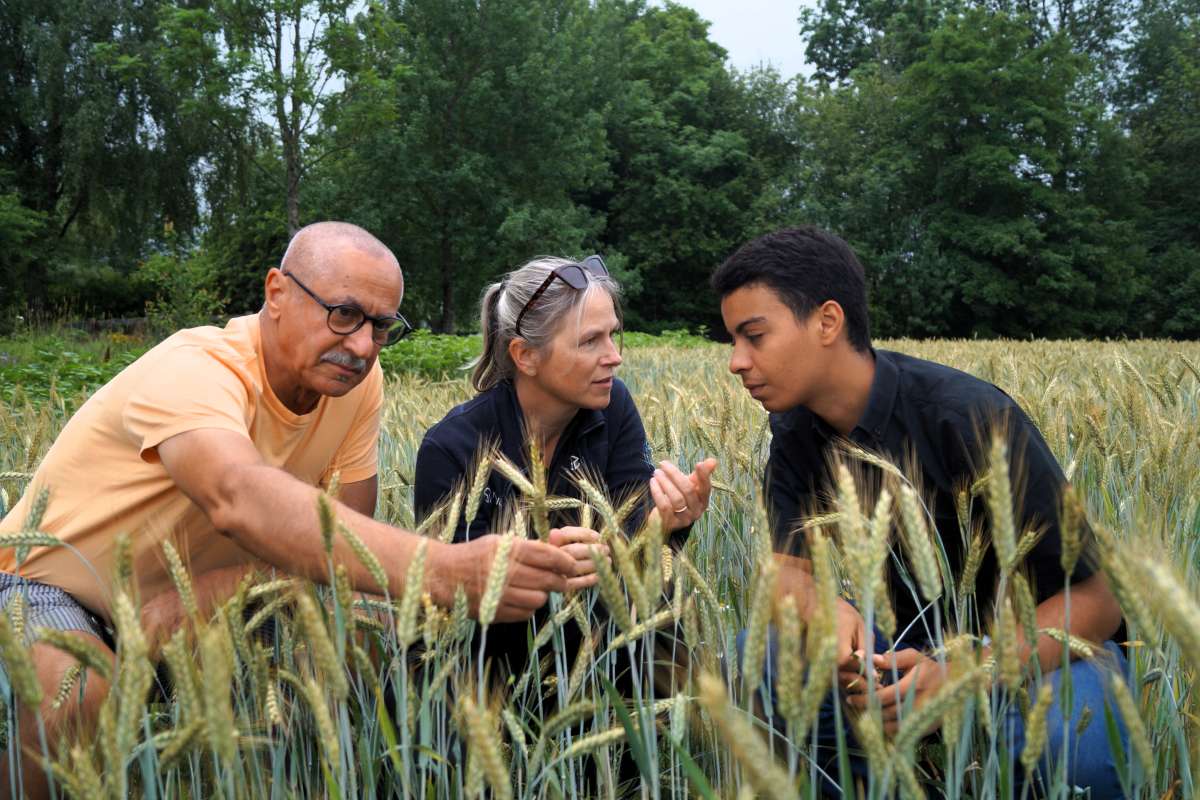
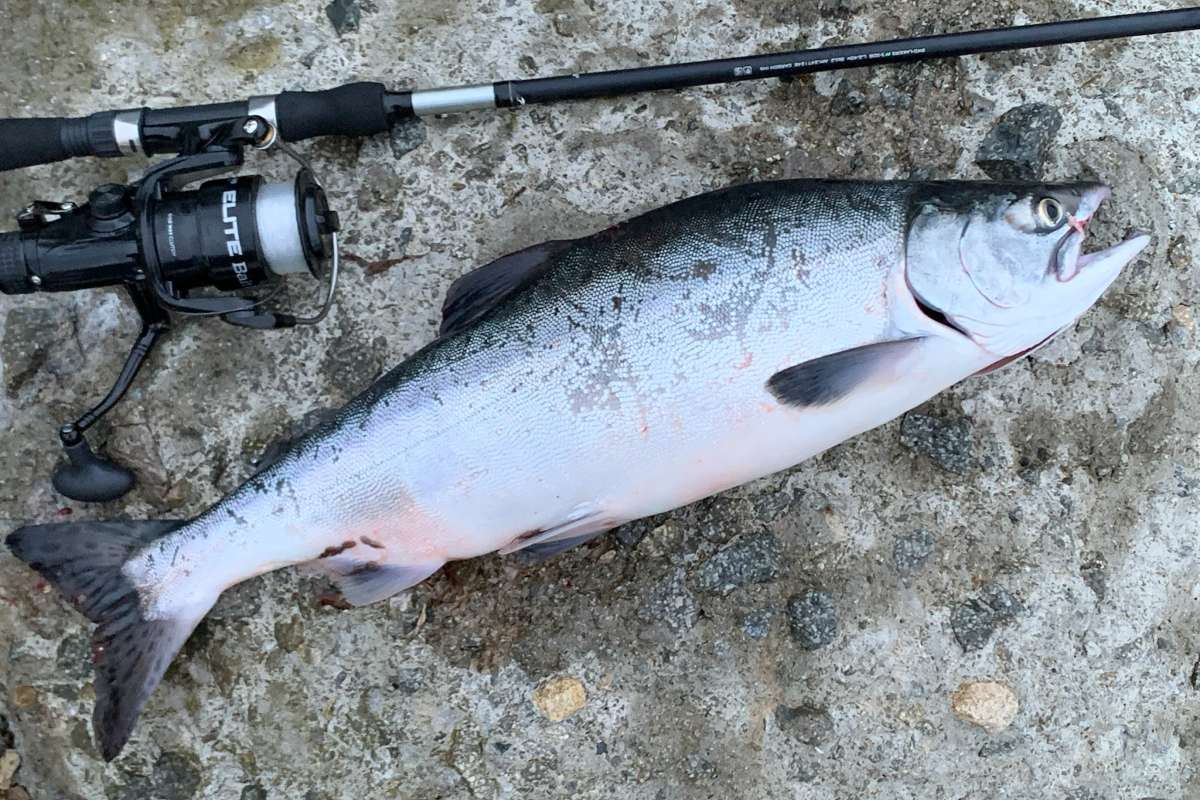
.jpg?quality=60)
